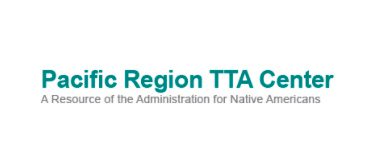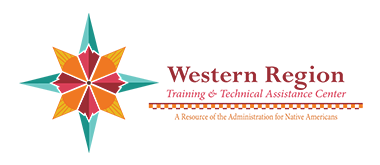Check out our Pre-Application Training videos. Each video reviews the different topics that were covered in our virtual Pre-Application Training sessions. In addition to these training videos, you can download a copy of the 2021 Pre-Application Training Manual and 2021 Application Toolkit to further assist you with your ANA application.
If you have any problems with the videos, please contact Quannee Oosahwe, Outreach and Technical Assistance Specialist, at [email protected].


